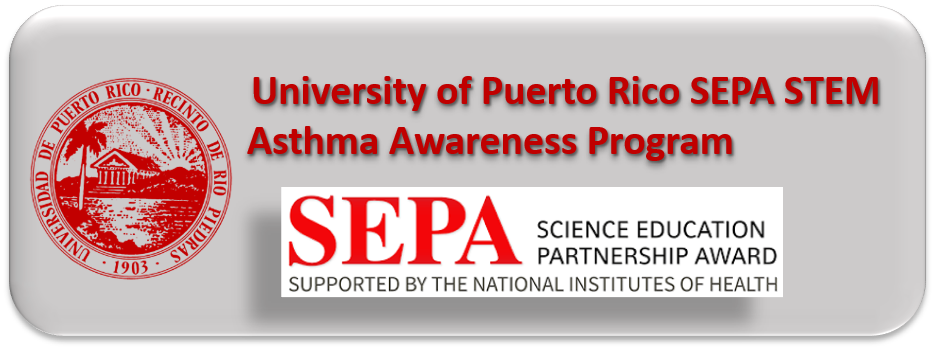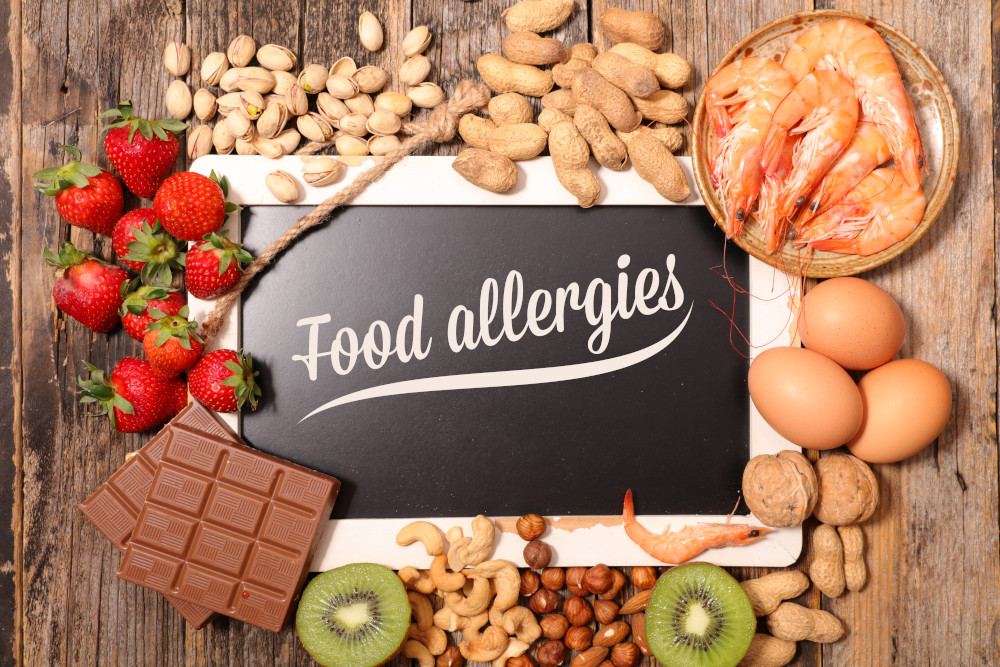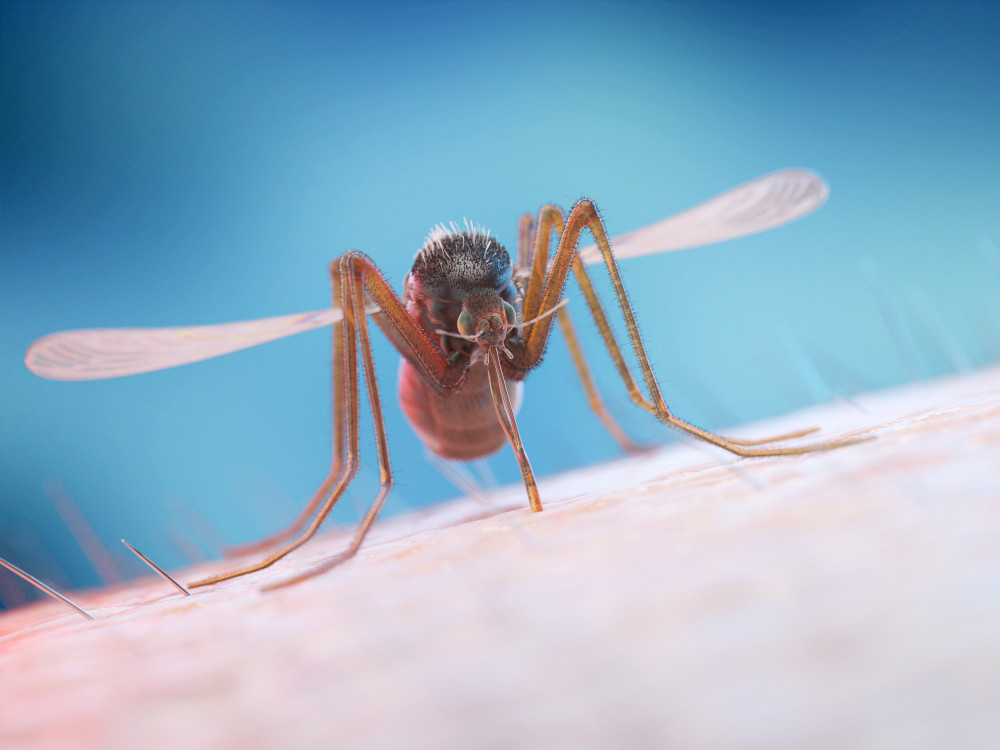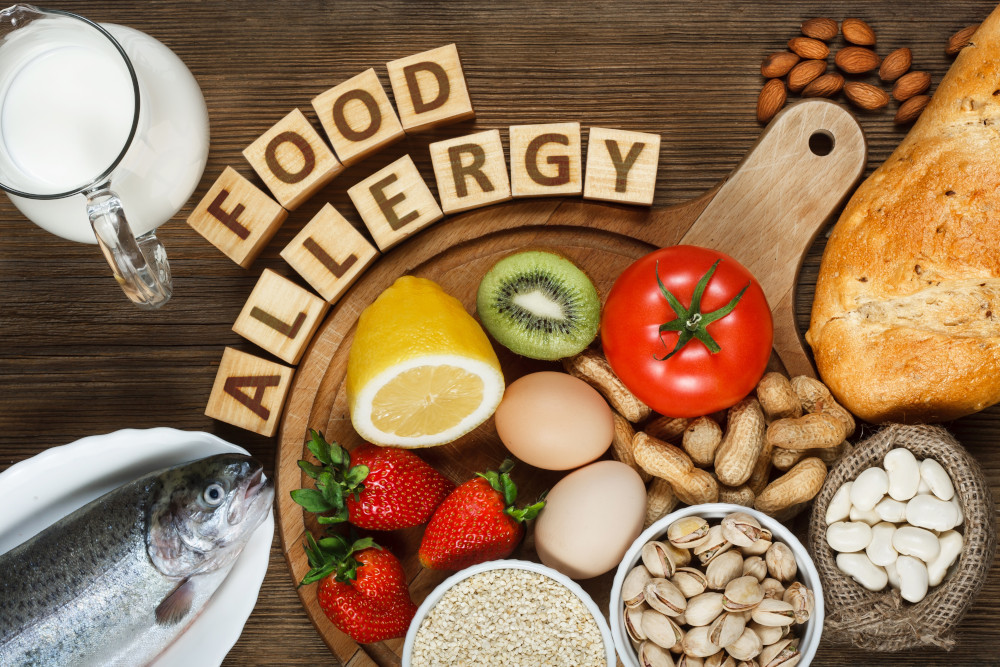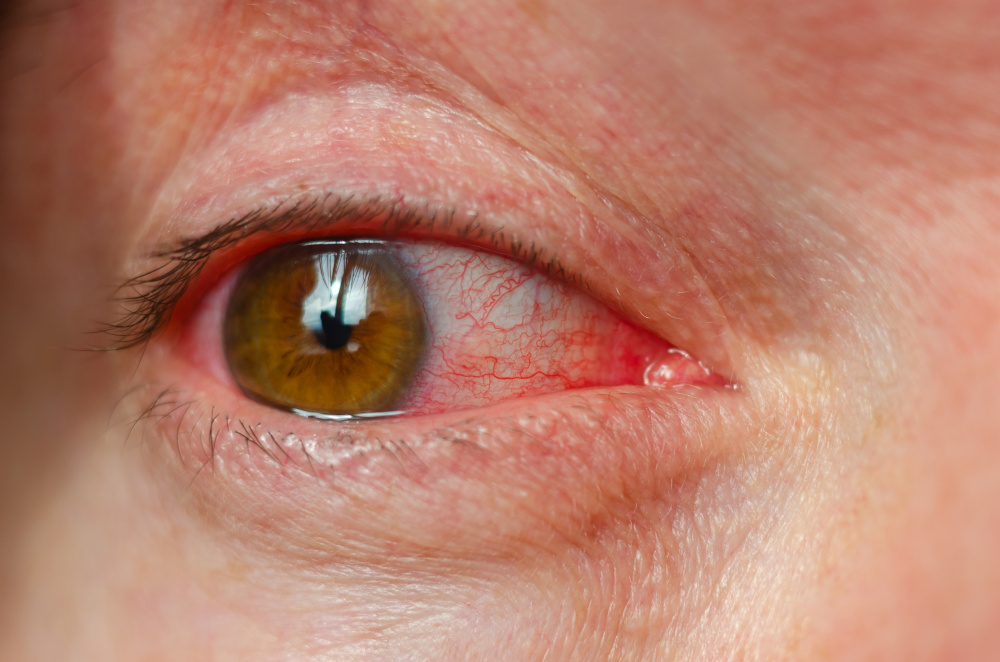Infographic with the top 9 food allergens
Many different substances trigger allergic symptoms. Common allergens include: Food Allergies. Eight foods account for 90 percent of all reactions in the United States.
Mold is all around us. It is in the places we live, work, and play – both inside and outside. Anywhere you find moisture and oxygen, you may find mold. There are 100,000 different types of molds.
For many people, exposure to mold causes no issues. But some people have allergic reactions to mold. The American College of Occupational and Environmental Medicine estimates that about 10% of people have a mold allergy, with 5% showing symptoms.
Most insects are harmless and good for the environment. Some, like mosquitoes, inflict painful or irritating bites and spread diseases. Other insects sting and release venom.
For most people, insect stings are a short-term annoyance. Others allergic to the venom in a stinging insect can cause an allergic reaction.
A food allergy is an immune system response that occurs soon after a person eats a certain food. Most food-allergic reactions are mild, but some are potentially life-threatening and require emergency treatment.
Eye allergies, also known as allergic conjunctivitis, occur when the protective outer covering of the eye and eyelid, called the conjunctiva, becomes swollen and inflamed due to allergens or irritants.
If certain medications make your skin bloom with hives, cause light-headedness, nausea, difficulty breathing or stomach cramps, or make your throat or mouth swell, it could be the result of a drug allergy.
Asthma is a chronic disease that causes the airways to become inflamed and narrow, preventing the passage of air and increasing mucus.
Asthma involves three processes: airway inflammation, smooth muscle contraction, and excess mucus.
